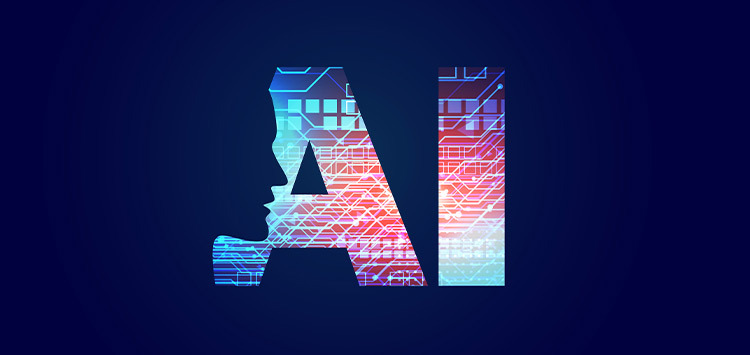Why Product companies are turning to Azure Machine Learning to build AI apps?

The growth of AI start-ups, in terms of investment and application, has been profound. According to a survey conducted by Statista, the overall growth of AI in the global market for the year 2019 is 154%. And, out of it, a majority have been in the segment of machine learning applications.
Given the above, it is glaringly obvious that companies both product-based and service-based need to buckle up and fine-tune their line of business operations to inculcate AI-driven models. Doing so is definitely going to benefit them in the future.
But, it isn't as easier as it sounds.
Especially for the product-based companies, building efficient models of Artificial Intelligence is a matter of grave concern and of course a challenge. Further, the competition is too huge to take an indefinite amount of time in deploying one. This is where the notion of Microsoft Azure Machine Learning services pops in.
What is Microsoft Azure Machine Learning?
Azure Machine Learning is the cloud-based service model that gives Enterprises the ease to integrate Data Analytics solutions with AI capabilities on the go. The model is self-intuitive and enables one to build AI applications faster and easier. The beauty of this platform is the fact that it can gel with any or all kinds of products and offers the flexibility to deploy feature-rich models at a pace faster than ever.
Reasons why Product companies are switching to Azure Machine Learning
Apparently, building AI models from scratch requires a lot of effort and time. To top this, one must be aware of the different algorithms and identify the best fit. Now, this is a great challenge and often, companies need to reconfigure applications to finally deploy the best.
An excellent solution to this is Azure Machine Learning, wondering why?
- Accelerate Development Life cycle: An important reason as to why Azure ML services are the next get to go is because it allows building applications quicker and better. You can use automated tools to identify the ideal algorithm and also configure hyperparameters faster.
- Framework Support: Azure ML enables the creation of AI models using a range of frameworks. Machine Learning consultants can help create applications using PyTorch or TensorFlow and then migrate the entire solution to edge and cloud.
- Scale Applications: With Azure Machine Learning, organizations can start small, build AI applications using the no-code designer and then escalate as per the needs.
- MLOps: The presence of ML pipelines speeds up the process of workflow development.
- Container Support: The integration or the compatibility of ML service with Docker, Azure Kubernetes or the Container Instances, enables easy transportation of designed solution to suitable platforms.
All in all, Azure machine learning service is state-of-the-art technology that allows organizations to build, deploy, manage and track their AI models, effectively and efficiently.